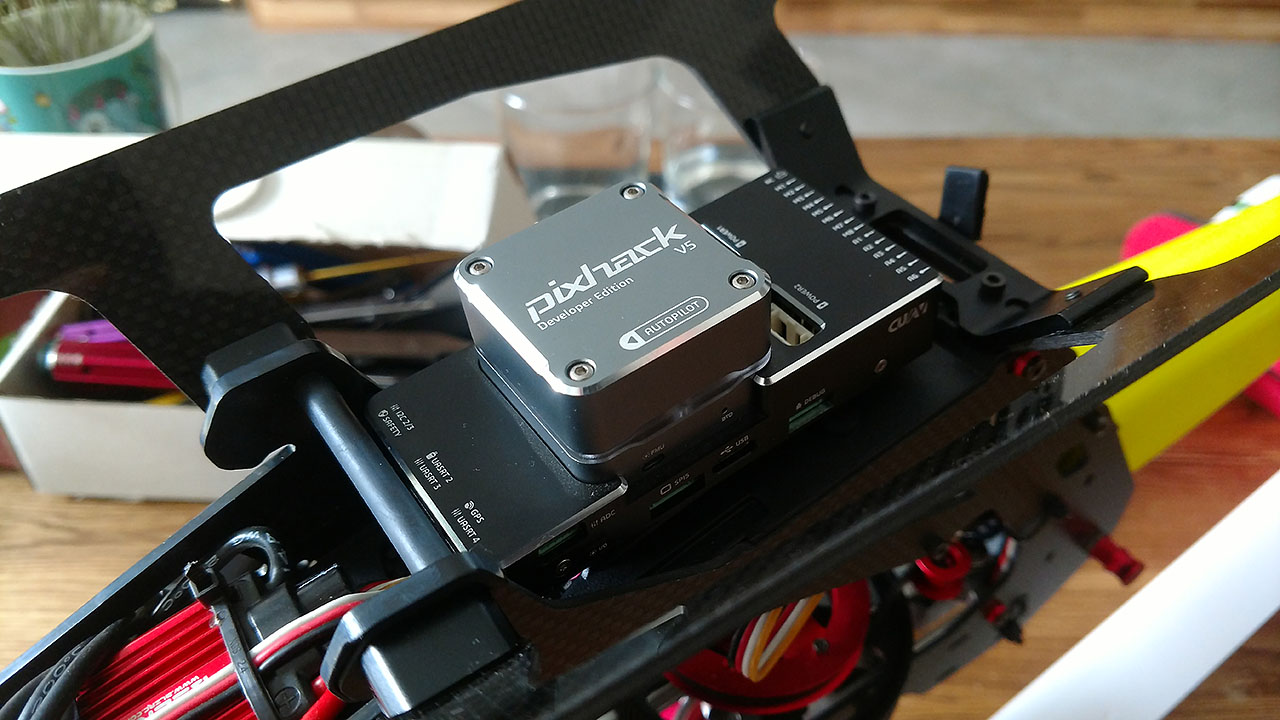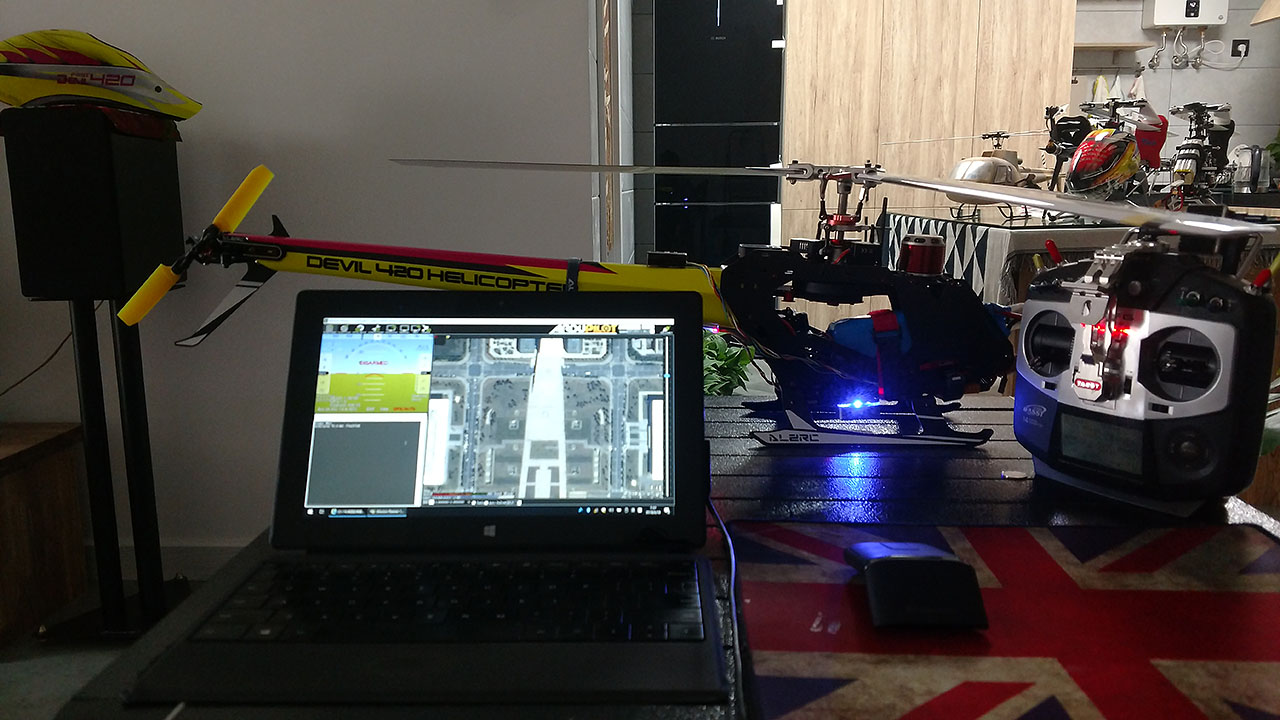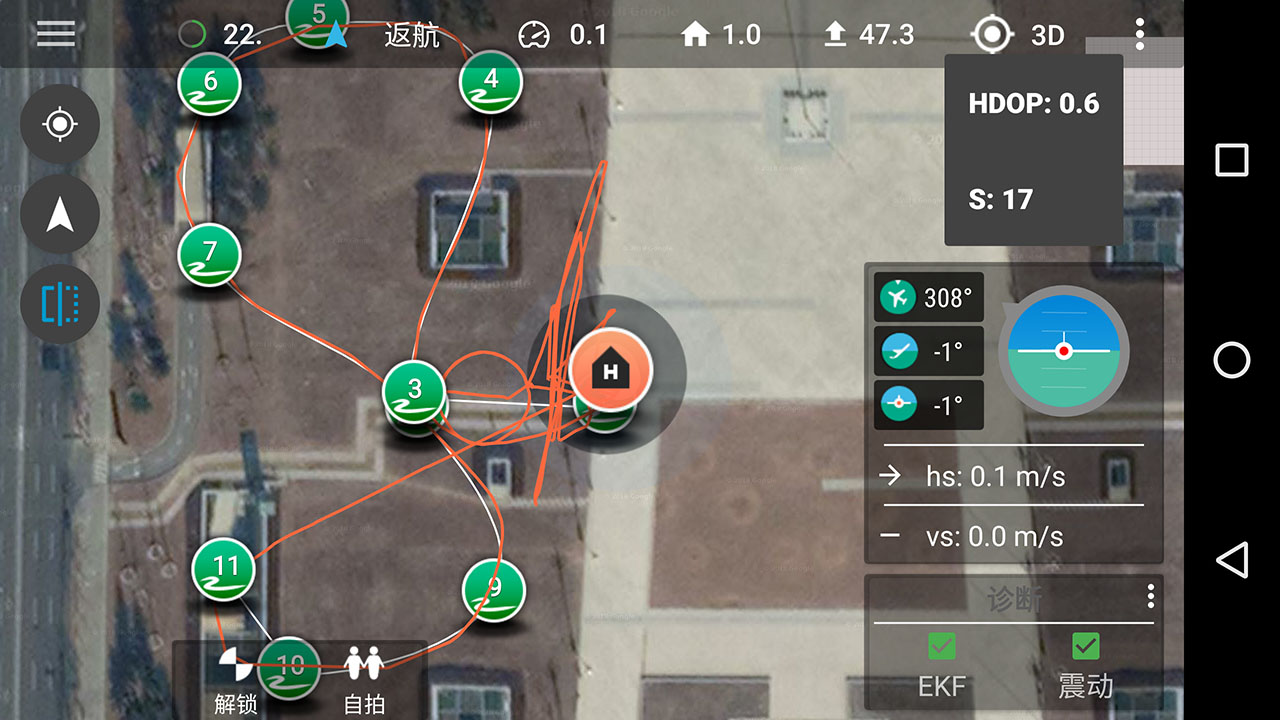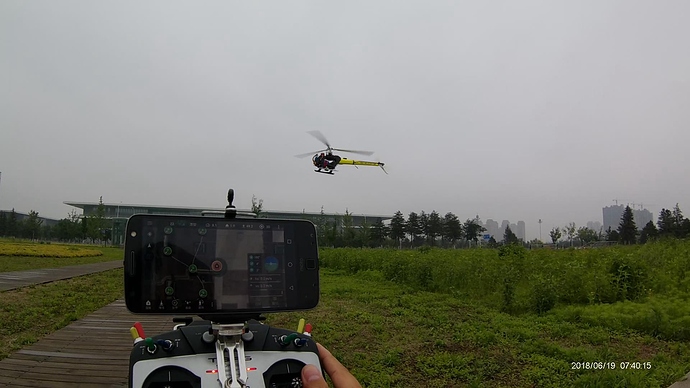@a123456 has followed up, thanks!
mine has arrived, thanks!
Tridge has worked fast, as always. His board arrived yesterday, the PR to add support goes in today: https://github.com/ArduPilot/ardupilot/pull/8533
Lots of caveats: incomplete and largely untested.
Great progress though!
Its interesting that there is no F7 support
Since now there is also the Pixhawk 4 which is popping up already in stock with F765 onboard:
https://www.getfpv.com/new-arrivals/pixhawk-4-autopilot.html
This one looks even more interesting than the Pixhack v5 because of the flatter form factor and still has builtin vibration dampening.
There is a second board for the PH4 that isn’t in a lot of the brochures, that breaks out servo headers and power management etc. All that is included on the Pixhack v5 carrier. So it really depends on your use case and airframe which is a better form factor.
The fmuv5 port is progressing really well. I believe it is ready for flight tests now.
I have pre-built binaries here:
http://uav.tridgell.net/PixHackV5/test5/
The pull request is here:
This is no way is a comment coming from prejudice, but more of a comment coming from experience, and historical record…Use caution when using “Imitation Hardware” (sometimes referred to as Counterfeit) when building your sensitive systems. It wouldn’t be the first CPU/microcontroller/FPGA/etc built and delivered to the world-economies with embedded mal-logic.
The Pentagon's Seek-and-Destroy Mission for Counterfeit Electronics | Scientific American
Counterfeit Hardware May Lead To Malware And Failure | Hackaday
Opinion: Beware that fake smartwatch. It's a malware magnet - CSMonitor.com
Counterfeit electronics: Another security threat from China | The Hill
That said, this could totally be a legit piece of hardware…and really…how would you know anyways…and it sure is shiny!
I’ve received my dev unit. The construction is solid and impressive, thanks!
Porting on steroids, the versatility of the Chibios_HAL is amazing. Thank you for all your efforts. Looking forward to using the STM32F7 based controllers.
CUAV Pixhack v5 has already performed a preliminary test flight on the Alzrc 420 three-bladed version of my 420-level RC helicopter. It performs very well in all aspects. For example, the calibration process, vibration control, and flight stability of each sensor, the actual flight effect is still Quite well, thanks to the developers of ArduPilot, @tridge、@rmackay9、@ChrisOlson. they have efficiently released the Dev version firmware with great usability.
IMG_20180618_074051399_BURST000_COVER_TOP|690x388](upload://7zqri7ihShzdLUlAZYbmxlGYQn3.jpg)I’ve done about all the flight testing I can do with this controller without actually putting it to work doing survey flights.
So I’ve been playing with hooking different things up to it from old v1 SiK radios, RFD900’s, different GPS/compass modules I got laying around, etc… Other than having to make cables to fit the new style connectors everything works so far
Great, it seems that the hardware itself has no problem with the compatibility of peripherals! My next step is to test the automatic takeoff and auto follow modes.
I’ve gotten it to work fine with Here GPS (had to make custom cable to get LED’s and button to work). And two non-branded GPS/compass units - one a Neo M8N and the other an old Neo 6.
It works fine with non-branded v1 SiK radios, 3DR v2, RFD900. As video shows works fine with PW_Link and old v1 SiK simultaneously.
The SCL/SDA pins are reversed in the Developer Units on I2C#4 and UASRT#4
Still have to make up a cable and test the RSSI/SBus out with a downstream FBL to see if that works.
En, I don’t know how much the Loiter’s horizontal accuracy can be improved after using the RTK. I’m also going to try to use the RTK to test it. However, I’m worried that the GPS antenna will be under the main blade and it will only locate the RTK. Got it.
Double figures are interesting. I would like to know if the helicopter’s firmware can achieve multi-machine formation flight. There may be differences in the pairing of the data transmission.
I also wanted to start with the FBL unit test. I had an ALIGN T-rex500 Pro DFC with Pix+FBL with CUAV Pixhack nano + Vbar. After patience and careful debugging, I have now achieved very good flying results. PID adaptation is better than that of an independent PIX, and the flexibility of the aircraft is great, and there is no self-excitation in extreme conditions.
Here is a video showing the high-speed maneuverability of the PIX+FBL in the automatic curve waypoint mission. It looks like the pilot’s manual flight feel!





